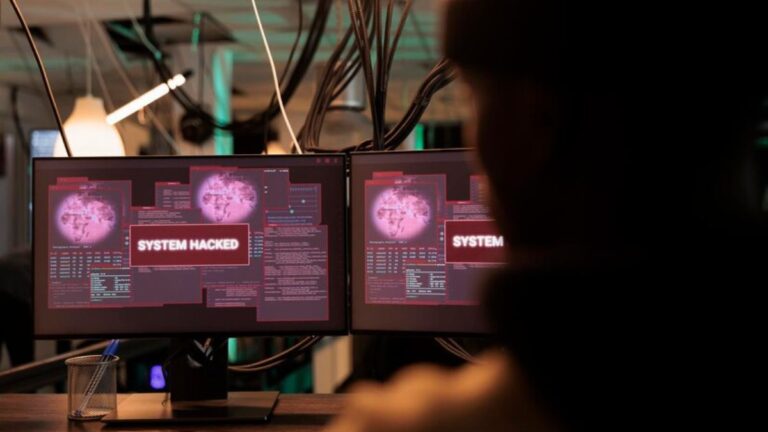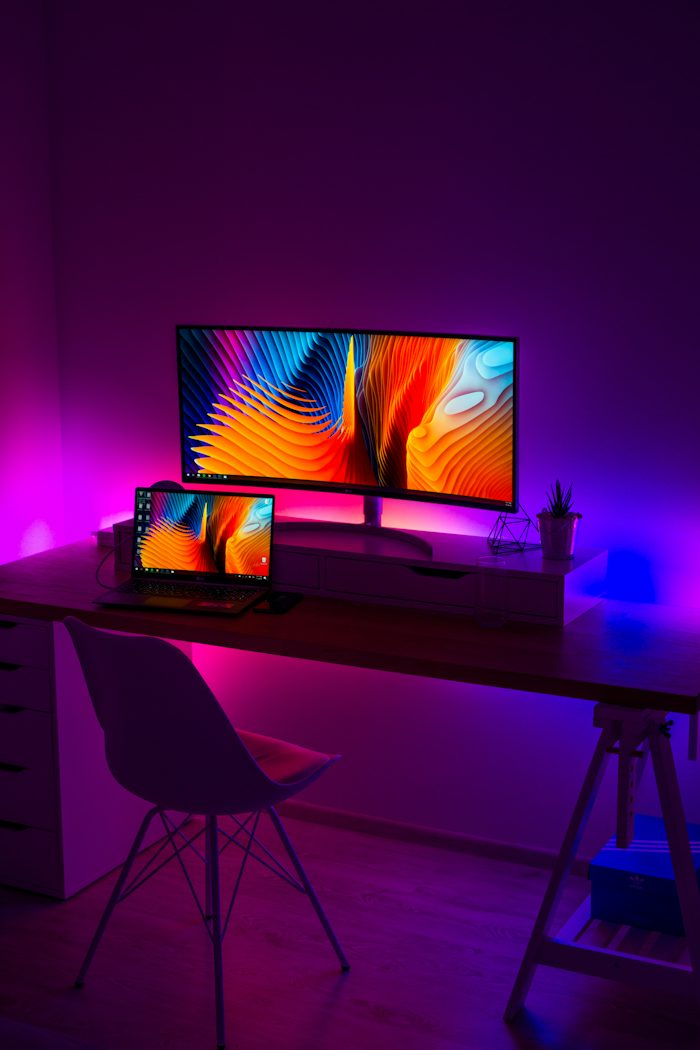The Ultimate Guide to 3D Visualization: Everything You Need to Know
Have you ever wondered how 3D visualization is changing our world?
It’s more than just images on a screen. It’s transforming industries, enhancing creativity, and sparking innovation. From architecture to gaming, 3D visualization provides endless possibilities. It’s a tool that turns dreams into reality.
Want to learn more? Dive into The Ultimate Guide to 3D Visualization and Uses. Discover how you can leverage this powerful technology today!
Understand the Basics
3D rendering is the process of converting 3D models into images. It is a crucial step in 3D visualization. They can simulate light, shadow, color, and texture. 3D rendering helps in seeing the final look before actual production. It is an essential tool in many fields like architecture and film.
Understanding the basics of 3D rendering starts with learning the tools. Various software options exist for different needs. Practice helps in mastering the techniques. Clear and sharp images depend on proper rendering settings. Knowing how to adjust these settings is important.
Choose the Right Software
When choosing the right software for product rendering, you need to identify your specific requirements. Some software is better for high-detail images, while others are great for quick renderings. Think about what matters most for your projects. Also, consider the skill level needed to use the software.
Budget is another important factor. Make sure the software you choose offers customer support. Troubleshooting can be much easier with help. Read reviews and compare features before making a decision. Selecting the right tool can significantly impact the outcome of your product rendering projects.
Master 3D Modeling
3D modeling is the process of creating a three-dimensional representation of an object. Some popular choices are Blender, SketchUp, and Autodesk Maya. Begin by practicing basic shapes like cubes, spheres, and cylinders. Building simple models will help you understand the software’s functions.
Learn about the different techniques used in 3D modeling. One important technique is polygon modeling. Here, you use polygons to define the shape of your object. Try to make detailed objects like faces or animals. Once you feel comfortable, you can try creating complex models.
Learn Texturing Techniques
Texturing is a crucial part of 3D modeling. Start by learning the basic types of textures. Color textures add color to a surface. Bump textures create the illusion of depth. Displacement textures change the actual geometry. These techniques are vital for high-quality 3D exterior rendering services.
Practice is essential for mastering texturing techniques. Use simple objects to start with. This will help you understand the effects of each texture. As your skills improve, try more complex tasks. Apply these techniques to 3D exterior rendering services. This will ensure more detailed and realistic models.
Get Comfortable With Lighting
Lighting is an important part of 3D modeling. It can make a huge difference in the final image. Start by using basic light sources. These include point lights, spotlights, and directional lights. Each light type has its unique properties. Experimenting with these lights is key in 3D interior rendering.
It mimics sunlight and affects the scene’s appearance. Adjusting the light’s direction and intensity can enhance the atmosphere. Shadows should be consistent with your light source. Practice with different lighting setups. This helps achieve high-quality results in 3D interior rendering.
Explore Animation Basics
Animation is an exciting component of 3D visualization. These frames help transition a model smoothly from one position to another. Basic animations like object rotations and translations are good starting points. Practicing with simple animations can help you grasp foundational concepts easily.
Another key concept in animation is timing. Timing determines how fast or slow an object moves from one keyframe to another. Smooth animations need precise timing. There are various tools available for creating animations. Some software comes with built-in tools to make learning easier.
Enhance Your Rendering Skills
To enhance your rendering skills, start by focusing on the core elements of exterior rendering. Understanding the basics can greatly improve your work. These settings include background, weather, and time of day. Practice adjusting these elements regularly.
Another important aspect is refining your texture application. Use textures carefully to add realism. Proper texture mapping is essential for believable surfaces. Experiment with light settings as well. Continual practice with these aspects helps refine your exterior rendering skills.
Study Composition and Camera Angles
Composition is important in 3d rendering interior design. It tells the story of a space. Start by focusing on the main subject. Place it in a prominent position. Use other elements to support the main subject. Arrange them in a balanced way. Always think about how objects relate to each other.
Camera angles are vital too. They affect how an interior is viewed. Different angles can focus on different features. Experiment with high and low angles. Try wide and close-up shots. Each angle brings out unique details. Practice these techniques in your 3d rendering interior design projects.
Keep up With Industry Trends
Keeping up with industry trends is essential in 3D visualization. Technology is always changing. New software and tools are developed regularly. Staying updated ensures you are not left behind. Follow industry blogs and forums for the latest trends. Sign up for newsletters from leading 3D visualization companies.
Attend workshops and conferences when possible. These events are great for learning and networking. Collaboration with other professionals can offer new insights. Learn from the experiences of others in the industry. This mindset will help you remain competitive and innovative in 3D visualization.
Build a Portfolio
Building a portfolio is an important step for a 3D artist. Start with collecting your best work. Quality is more important than quantity. Showcase a range of skills. Use different styles and techniques in your projects. This shows flexibility and creativity. Make sure your work is well-organized and easy to view.
Include a brief description for each piece. Describe the tools and software used. Mention the challenges faced and solutions found. Keep your portfolio up to date as you learn more. Share your portfolio online. Use platforms that are easy to access. This helps potential clients and employers find you. A strong portfolio can open many doors.
Discover the Essentials of 3D Visualization
3D visualization is a powerful tool across many industries. It transforms ideas into reality through modeling, rendering, and animation. Mastering essential skills like texturing and lighting can lead to stunning results.
Keeping up with technology and industry trends ensures you stay relevant. A well-built portfolio showcases your skills and opens opportunities. Embrace the journey into 3D visualization and explore its full potential.







